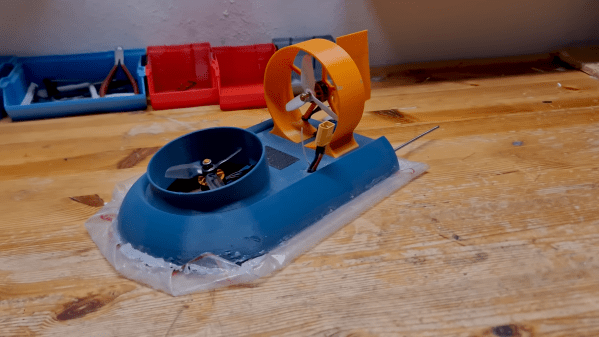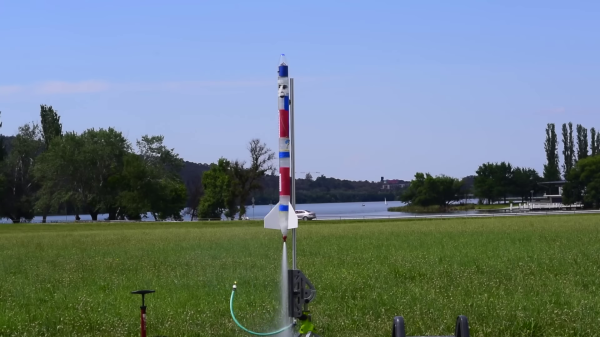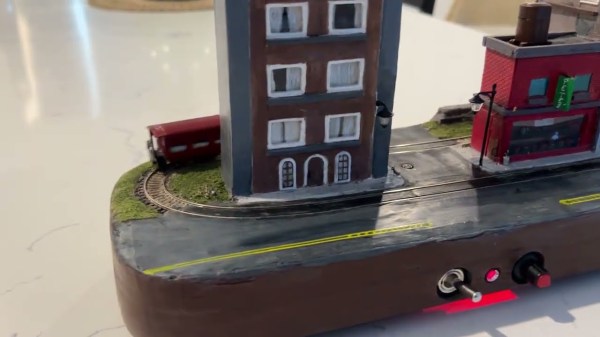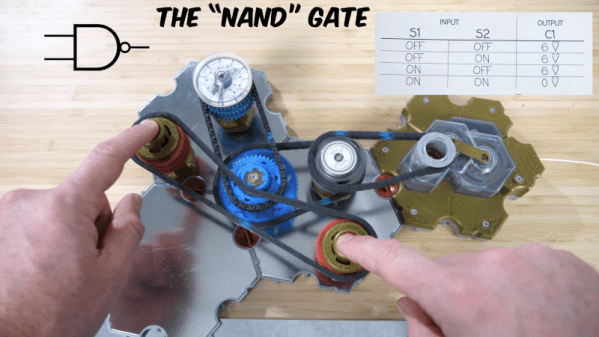If we told you somebody built a 3D printed go-kart, you’d expect to see a certain sequence of events. A bit of work in CAD, a printer montage, then some assembly. That’s not the case here. [3D Sanago] is an artist that works with 3D printing pens, creating 3D objects entirely by hand. It’s an impressive skill, all the more so when it’s used to build something functional like this gorgeous little go-kart.
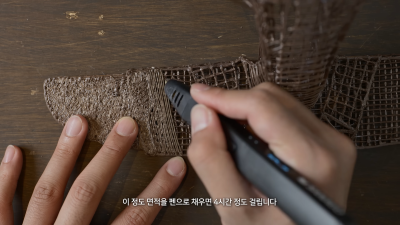
The trusses are then mounted to the RC car chassis underneath with some wood plates serving as a supporting structure. [3D Sanago] has been known to surface his creations by tediously filling in the wireframes with the 3D pen, but not so this time. He took the easy way out of affixing sections of foam board to create the outer skin of the kart. He also demonstrates neat techniques like forming over a pen to create long plastic pipes and other tubular features. His acrylic-and-mousepad wheel and tire package is also pretty neat.
It’s as much craft as anything else, but it’s amazing to see what can be done when a human takes on the role of a 3D printer. We’ve featured other great builds from [3D Sanago] before, like this awesome Pokemon-themed humidifier.
Continue reading “3D Printed RC Kart Actually Made Entirely By Hand”


